In a multicultural, multi-religious, and multi-linguistic society like ours in Singapore, it’s hard to avoid the topic of race. Cultivating an open mind towards the different races in our kids will prepare them to engage with their peers more successfully, and help guard against any racial discrimination and prejudice on their part.

Small children, especially toddlers who generally have little self-consciousness or social awareness yet, are likely to say whatever comes to their mind first in a public setting.
One mum shares “One time, my son and I were in a lift with an Indian man and his friend. My son was tickled by their accent and started imitating their way of speaking right there! The man was not amused and shot us a look. I was so mortified just longing for the lift to get to our floor so we could get out!”
More likely than not, your child is simply stating an innocent observation from his vantage point, and not trying to be mean or offensive to anyone. He is simply noticing that not every single person in the world looks the same as himself or Daddy or Mummy.
Your preschooler is not judging a person based on his skin colour; he is just noticing that so-and-so is a lot darker than anyone else in the room, and wondering why.
And yet, the outspokenness of our kids can cause many of us to want to disappear into a rabbit hole, especially if the conversation takes place in a lift, at a wedding dinner or while queuing up to pay.
Questions like “Mummy, why is she wearing a towel (sari)?” or “Daddy, why is he wearing a dress (Punjabi suit)?” or “What are they talking about? It sounds so silly!”
As concerned and considerate parents, it’s normal for us to try to preempt our kid’s ‘troublesome’ observations and steer them out of the setting or make embarrassed apologies on their behalf. But is it enough to just escape from the situation?
“There’s a lot we can do to help our children not just be tolerant of people who are different from them, but to develop sincere friendships across cultures,” says Melanie Killen, Ph.D., a professor of human development at the University of Maryland, College Park, who studies race, culture, and bias in children. “That’s how real change happens.”
According to her, kids will base friendships more on values and interests if they are taught, from the early years, to treat all people with respect.
In a melting pot of ethnic groups like Singapore, your child will attend school, and eventually work, with people from a variety of cultures. As such, the ability to interact well with people from all walks of life will definitely be a key life skill.
Here are some tips on handling the topics of race and racism with your child in a healthy, sensitive manner.
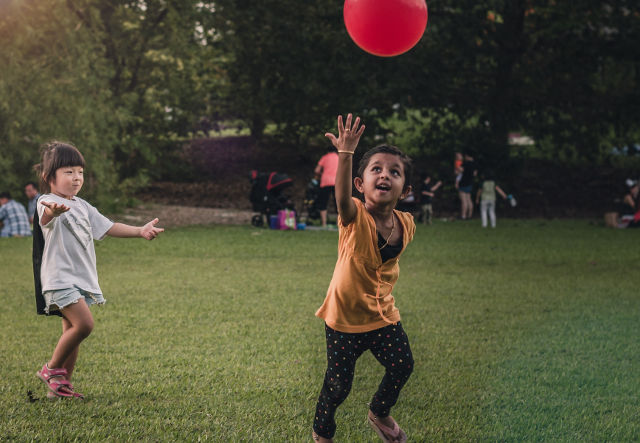
#1 Don’t be afraid to bring it up
For many parents, the race talk is extremely awkward. You may be worried about saying the wrong thing and sounding racist, even if that is not your intent. Perhaps, you secretly hope that the schools will do the job for you, much like you hope they will tackle the birds-and-the-bees talk on your behalf as well!
Of course, you don’t have to initiate a conversation about race out of the blue just so you’ve talked about it. Just be on the lookout for opportunities in day-to-day conversations where the topic of differences comes up, race or otherwise. For example, while at the supermarket, your child may comment that there are green, red and yellow peppers.
You could pick up on that observation and explain that although the fruit are of different colour, they are essentially all peppers and taste about the same, just like how people may have different skin tones but are all about the same on the inside.
#2 Work with what your child said
Whether your child points out that someone else talks differently or smells funny or has brown skin or blond hair, he’s just stating the facts that he sees. Instead of shushing him or telling him “It’s rude to say that” or “Don’t say things like that!”, acknowledge his statement and demystify it for him, appropriately for what he seems concerned about.
For example, if your child points out that the Indian boy on the swings has ‘almost black skin’, you could say “You’re right! Did you know that there are children of all different colors? Wow, isn’t that amazing? What color is our skin?”
You don’t have to go into the fact that people have different religions, accents, or values prematurely. Don’t introduce too many new ideas at once, and always focus on the point your child brought up – in this case, skin colour.
If your child asks a question you can’t answer, like “Why is that lady wearing a cloth around her head?” (a tudung), it’s perfectly fine to admit you don’t know the answer and suggest that you find out more about it together.
If you sense that answering your child then and there may result in some discomfort on the other party’s part, tell your child “That’s a really good observation! It’s a great question, let’s talk about it as soon as we get home, okay?” And then remember to talk about it.
#3 Make the message age-appropriate
For preschoolers, use specific, easily observable examples like the peppers analogy used above to draw parallels to the discussion of race. Use simple terms. Don’t give too much information too soon.
One mum shares, “My son would always run and hide behind me whenever there were Indian children in the playground. Finally, I managed to ask him what he was afraid of, and found out that he was scared because their skin looked so dark. As he is just two, I didn’t go into what a ‘race’ is.
I simply told him that “Everyone in this world is different and special in their own ways. Some people, like us, have lighter skin and black hair. Some others have dark skin. Some have yellow hair or brown hair. We may look very different, but that’s okay. She has dark skin, but she’s just a little kid on the inside, just like you!” Her son still cast her several apprehensive glances after that, but after a while, he was happily at play again.
#4 Be a good role model
As an adult, do you mingle well with people from different races and backgrounds? Do you have close friendships with those of a different ethnicity than yours? How do you speak about the different races in your day-to-day conversations with family and friends?
No matter how often you tell your child that everyone is different but equally human and uniquely special, the clincher is going to be how you exemplify that truth in your daily life. We need to be willing to challenge our assumptions about people if we want to teach our children to be culturally sensitive.
It starts with you.
By Dorothea Chow.
* * * * *
If you find this article useful, do click Like and Share at the bottom of the post, thank you.
Like what you read and want more? Receive our latest articles and giveaways when you sign up on our mailing list here.

























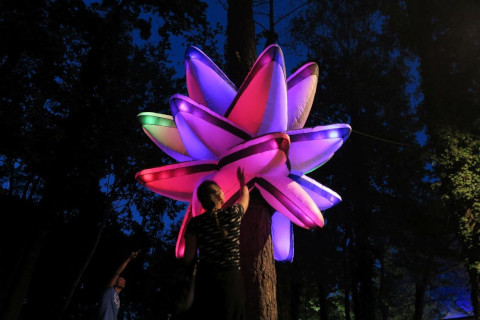










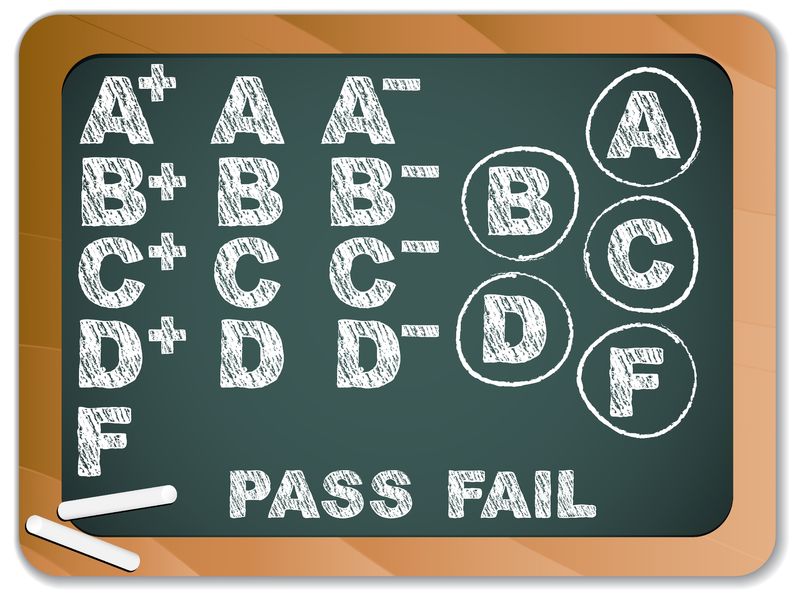
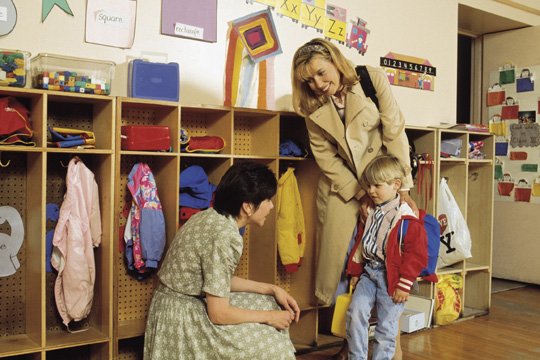



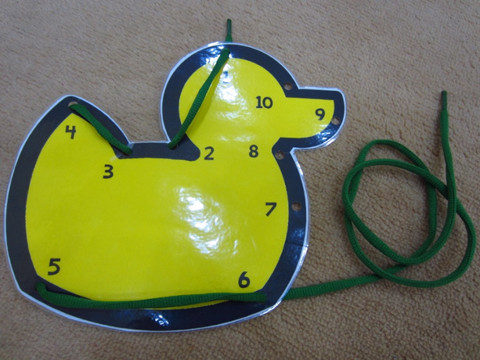

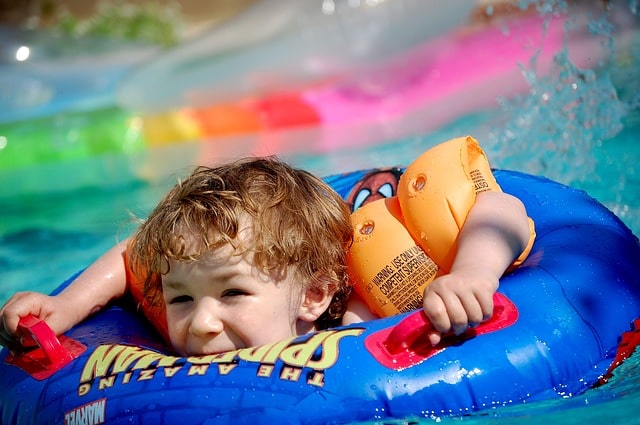
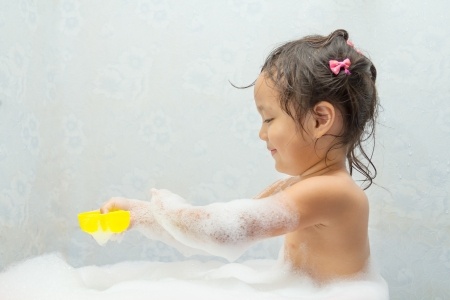
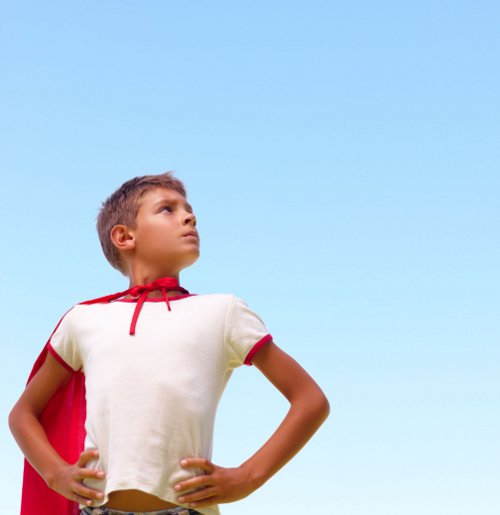

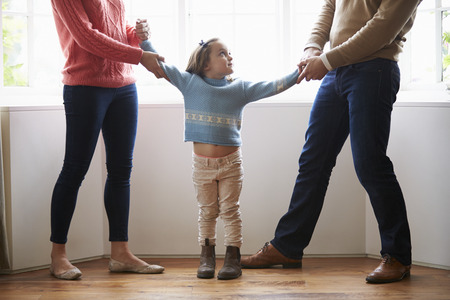

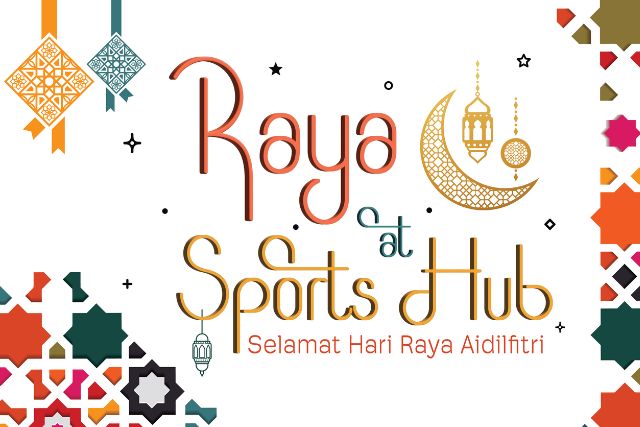







Leave a Comment: